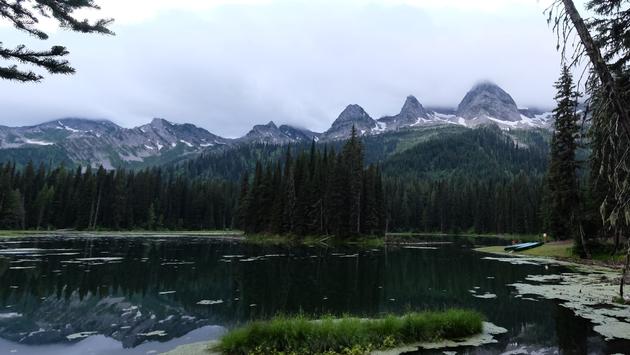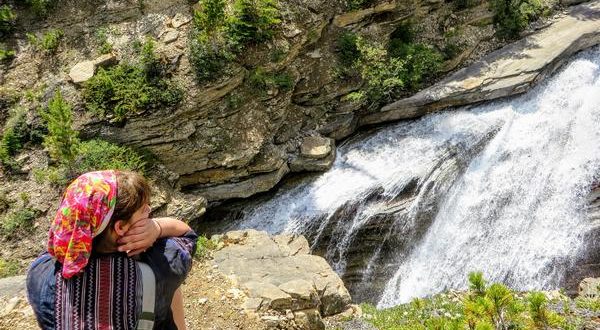[ad_1]
Most people never get past Vancouver and Whistler when it comes to exploring British Columbia. But, if you check out a map, you’ll see that those two areas are nothing but a tiny gateway to the massive amount of terrain that awaits in the upper parts of the province. Wondering what’s up there? Here are five things to know:
Small—But Thriving—Mountain Towns
The most well-known place in Northern British Columbia has to be Prince Rupert, thanks to the cruise ship industry there. But the interior of BC is lesser-known.
Small towns like Smithers and Terrace have blossomed into legit mountain getaways—at least, from an explorer’s point of view. Far from any major hub (Smithers and Terrace are both about a 1.5-hour flight north of Vancouver), the interior of British Columbia has been taking care of itself first and foremost, transitioning over from its railroad, mining and logging past into a present of outdoor recreation.
And, of course, the obligatory breweries (Smithers Brewing; Sherwood Mountain) and small-town restaurants that add a sense of livability and charm.
Access to Underexplored Outdoors and Nature
As good as the charm of a small mountain town can be, the main draw in this neck of the woods is the open space. Big biker, hiker, fisher or kayaker? Ask around and see how many of your friends have explored the Kispiox River Valley, the Babine Mountains, the Skeena River Valley or the Seven Sisters Provincial Park. The answer will probably be, “Where’s that?”
Fishing, river rafting, mountain biking, hiking and horseback riding are atop every local’s list of things to do, and the tourism appeal up here follows the same route.
One unique way to explore the area is via a jet boat tour, such as the one offered by Northern BC Jet Boat Tours. Designed to run in the shallow, rocky rivers, one can travel miles and miles into pristine, untouched mountain terrain. Stunning remote lodges, like Bear Claw Lodge in Kispiox, provides remoteness on a whole other level.

Raw Indigenous Culture
Though the indigenous communities have, in part, turned to tourism for an economic boost, the experience is still very real and authentic. Some of the sites can be visited on your own—‘Ksan Historical Village, for example, or the museum, lava fields and lakes of the new Nisga Nation (see below). Others can be experienced through tour operators. The Northern BC Jet Boat Tour, as an example, partners with the Nisga Nation for a cultural presentation. Be sure to look into cultural activities and tours.
Fresh, Locally-Foraged Food
Regardless of the small town or mountain lodge you call home for a few days, you are likely to find an abundance of locally-grown or foraged food. For a remote area, it is impressive—a strong sign that local life is well and healthy. Salmon is a good choice when you’re in the area, as are other types of river fish. Ferns and mushrooms are gathered in the nearby mountains, and you’ll be surprised at the amount of small-scale farming that takes place.
A Unique Bear You Can’t See Anywhere Else
Given all the open terrain, it’s no surprise to hear that bears, moose, elk, eagles and other majestic wildlife are in abundance. But, there’s also a special animal that calls the region home: a Spirit Bear, also known as a Kermode Bear. Found nowhere else on earth, it’s a special animal because not only is it rare, but it’s also very unique—a Spirit Bear is a black bear that, due to a rare recessive gene, has white or cream-colored fur. There are estimated to be only 400 of them.
It’s quite a sight to see if you’re lucky enough to spot one, its white fur against the dense, green background of the Northern BC wilderness.
[ad_2]You can read more of the news on source
 Travelsmart
Travelsmart



